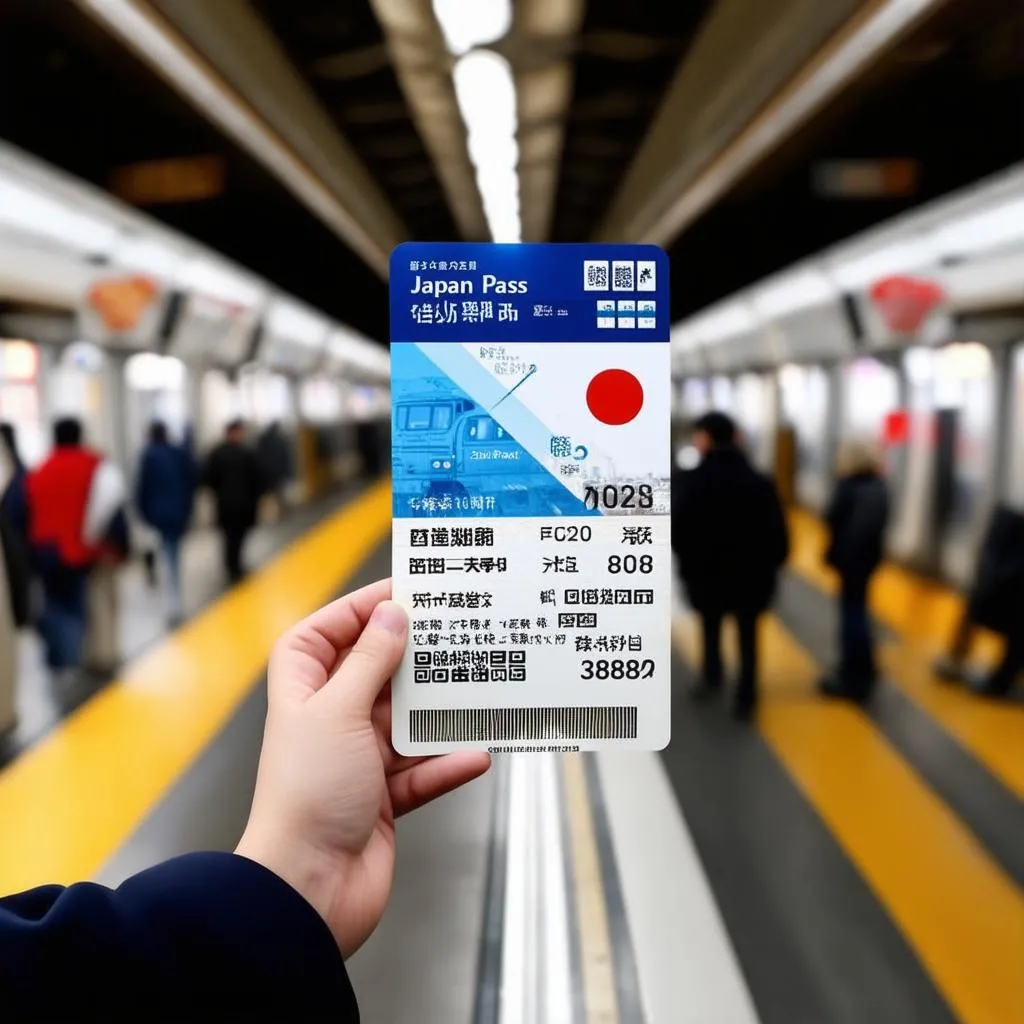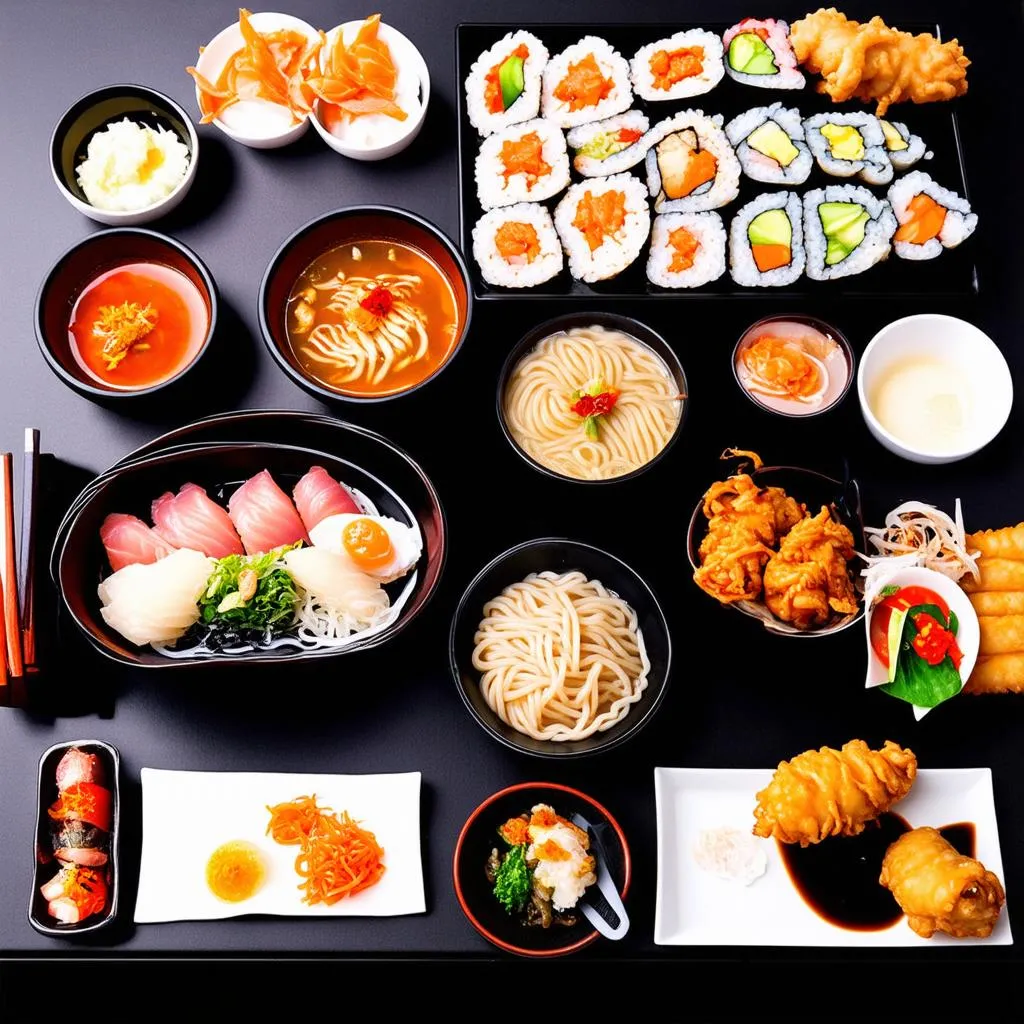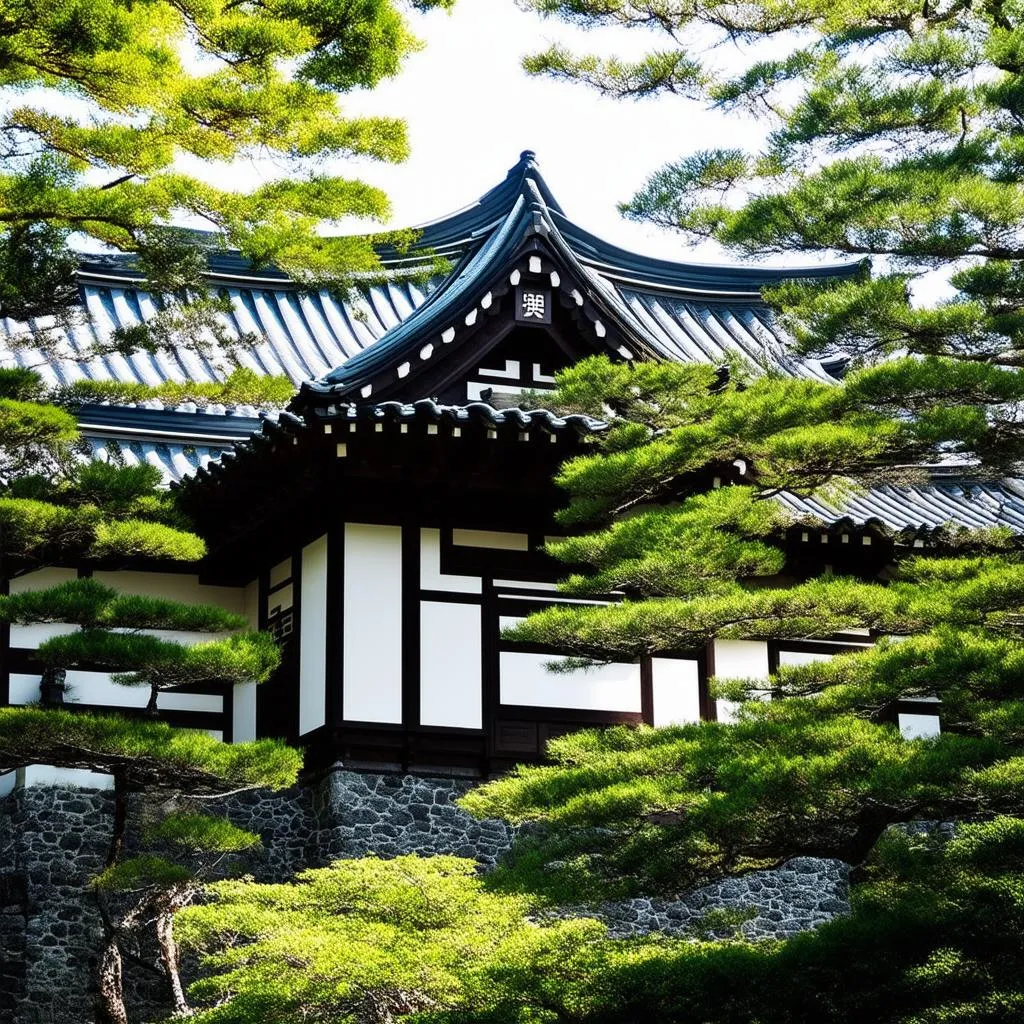“The journey of a thousand miles begins with a single step.” This ancient proverb rings especially true when it comes to traveling to a country as culturally rich and geographically diverse as Japan. Whether you’re dreaming of serene temples in Kyoto, vibrant streetscapes in Tokyo, or majestic Mount Fuji, planning your trip might seem like a daunting task. But fear not, aspiring traveler! This comprehensive guide is here to answer all your questions about How To Travel In Japan, transforming you from a novice to a seasoned Japan explorer.
Understanding the Basics: Visas, Currency, and Etiquette
Do I need a visa for Japan?
For many nationalities, a trip to Japan for tourism is visa-free. Citizens of over 60 countries, including the US, Canada, Australia, and most European nations, can enter Japan visa-free for a specific period, usually 90 days. However, it’s always crucial to double-check the latest visa requirements based on your nationality before you travel. You can find this information on the website of the Japanese embassy or consulate in your country.
What currency is used in Japan?
The official currency of Japan is the Japanese Yen (JPY), often symbolized as ¥. While credit cards are widely accepted in major cities and establishments, carrying some cash, especially when venturing into rural areas or traditional shops, is advisable.
What are some essential Japanese etiquette tips?
Japan has a rich culture with unique customs and etiquette. Here are a few key points to remember:
- Bowing: Bowing is the customary way to greet people, express gratitude, or apologize.
- Shoes: Remove your shoes when entering homes, temples, traditional restaurants, and some businesses.
- Chopsticks: Don’t stick your chopsticks upright in a bowl of rice, as this is considered disrespectful.
- Noise: Avoid talking loudly on public transportation and be mindful of noise levels in quiet places like temples and shrines.
Planning Your Itinerary: Must-See Destinations and Hidden Gems
Japan offers a captivating blend of ancient traditions and modern marvels. Here’s a possible itinerary, highlighting some must-see destinations:
Tokyo (3-4 days): Immerse yourself in the electric energy of Tokyo, visiting iconic landmarks like the Shibuya Crossing, Sensō-ji Temple, and the Imperial Palace. Explore the quirky neighborhoods of Harajuku and Akihabara, known for their unique fashion and electronics. Don’t miss the opportunity to indulge in a traditional tea ceremony or witness the art of sushi-making.
Kyoto (3-4 days): Travel back in time to the ancient capital of Kyoto, a city steeped in history and tradition. Explore the iconic Fushimi Inari Shrine, with its thousands of vermilion torii gates, wander through the serene Arashiyama Bamboo Grove, and experience the tranquility of Kinkaku-ji (Golden Pavilion).
Hakone (1-2 days): Escape the bustle of city life and immerse yourself in the natural beauty of Hakone, a mountain resort town renowned for its hot springs and stunning views of Mount Fuji. Take a cruise on Lake Ashi, ride the Hakone Ropeway, and visit the Hakone Open-Air Museum, which showcases contemporary sculptures against the backdrop of the surrounding mountains.
This is just a starting point, and you can customize your itinerary based on your interests. Japan has something to offer every kind of traveler, from history buffs and nature enthusiasts to foodies and pop culture fanatics.
Getting Around: Navigating Japan’s Transportation System
Japan boasts one of the most efficient and extensive public transportation systems in the world, making it easy to navigate the country.
The Japan Rail Pass: Your Gateway to Seamless Travel
If you plan on doing extensive traveling by train, the Japan Rail Pass is a cost-effective option. This pass allows unlimited travel on most JR (Japan Railways) lines, including the Shinkansen (bullet train).
Beyond the Bullet Train: Exploring Local Transportation
Within cities, you’ll find a comprehensive network of subways, local trains, and buses. Consider purchasing an IC card, such as Suica or Pasmo, for convenient and cashless travel on public transportation.
 Japan Rail Pass
Japan Rail Pass
Budgeting for Japan: Making Your Yen Go Further
Japan is often perceived as an expensive destination, but it doesn’t have to be. By making smart choices, you can experience the wonders of Japan without breaking the bank.
Accommodation: From Capsule Hotels to Traditional Ryokans
Japan offers a wide range of accommodation options to suit every budget, from budget-friendly capsule hotels and hostels to comfortable business hotels and luxurious ryokans (traditional Japanese inns).
Food: A Culinary Adventure for Every Palate
From Michelin-starred restaurants to affordable street food stalls, Japan is a food lover’s paradise. Indulge in fresh sushi and sashimi, savor savory ramen, and treat yourself to delicate wagashi (traditional Japanese sweets). For budget-conscious travelers, convenience stores offer a surprising array of tasty and affordable meals.
Free Activities: Immerse Yourself in Culture Without Spending a Yen
Japan offers a plethora of free or low-cost activities. Explore serene temples and shrines, wander through picturesque gardens, visit local markets, and enjoy the vibrant street life.
 Variety of Japanese Food
Variety of Japanese Food
Embrace the Unexpected: Tips for a Smooth and Memorable Journey
- Learn Basic Japanese Phrases: While many people in tourist areas speak English, learning a few basic Japanese phrases will go a long way in enhancing your interactions with locals.
- Pack Light and Smart: Pack for all seasons, as the weather in Japan can be unpredictable. Comfortable walking shoes are a must, as you’ll be doing a lot of walking.
- Stay Connected: Consider renting a pocket Wi-Fi router or purchasing a local SIM card to stay connected on the go.
- Embrace the Local Culture: Be open to new experiences, try new foods, and immerse yourself in the local culture.
FAQs: Answering Your Burning Questions About Traveling to Japan
Is Japan safe for solo travelers?
Yes, Japan is renowned for its safety and low crime rates, making it an ideal destination for solo travelers, even for women traveling alone.
When is the best time to visit Japan?
Japan offers something unique in every season. Spring (March-May) brings the beauty of cherry blossoms, while autumn (September-November) paints the landscapes in vibrant hues. Summer (June-August) is ideal for festivals and outdoor activities, while winter (December-February) offers opportunities for skiing and snowboarding.
Do I need to tip in Japan?
Tipping is not customary in Japan and may even be considered rude. Good service is expected and already included in the price.
Travelcar.edu.vn: Your Trusted Companion for Planning Your Japan Adventure
As you embark on the exciting journey of planning your trip to Japan, remember that Travelcar.edu.vn is here to guide you every step of the way. From practical information on visas and transportation to insider tips and hidden gems, we provide you with the resources you need to create an unforgettable travel experience.
Don’t hesitate to explore our other articles for more in-depth information on specific aspects of traveling to Japan, such as “Do I need a Travel Adapter for Japan?” and “What to Know About Traveling to Japan.”
 Peaceful Japanese Temple
Peaceful Japanese Temple
So, what are you waiting for? Start planning your dream trip to Japan today and get ready to create memories that will last a lifetime!